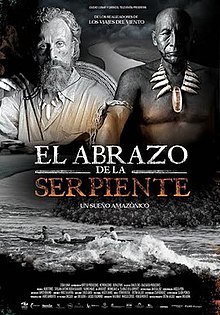
Amazonas is a state of Brazil, located in the North Region in the north-western corner of the country. It is the largest Brazilian state by area and the ninth-largest country subdivision in the world. It is the largest country subdivision in South America, being greater than the areas of Chile, Paraguay, and Uruguay combined. Mostly located in the Southern Hemisphere, Amazonas is the third-largest country subdivision in the Southern Hemisphere after the Australian states of Western Australia and Queensland. Located entirely in the Western Hemisphere, it is the fourth-largest country subdivision in the Western Hemisphere after Greenland, Nunavut, and Alaska. If independent, Amazonas could become the sixteenth-largest country in the world, slightly larger than Mongolia. Neighbouring states are Roraima, Pará, Mato Grosso, Rondônia, and Acre. It also borders the nations of Peru, Colombia and Venezuela. This includes the Departments of Amazonas, Vaupés and Guainía in Colombia, as well as the Amazonas state in Venezuela, and the Loreto Region in Peru.
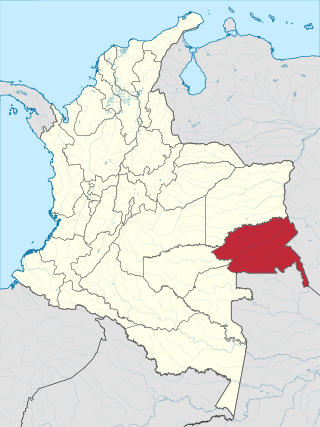
Guainía is a department of Eastern Colombia. It is in the east of the country, bordering Venezuela and Brazil. Its capital is Inírida. In 1963 Guainía was split off from Vaupés department. The northern part and the Inírida River are included in the Orinoco basin; the rest is part of the Amazon basin. The Guaviare River is the main area of colonization; many colonos come from the Colombian Andean zone, most of them from Boyacá. They are followed by the llaneros, people from the Eastern plains (Llanos). The population is mainly composed of Amerindians, and the largest ethnic groups are the Puinaves and the curripacos. There are a total of 24 ethnic groups in the department; many of them speak four Indigenous languages besides Spanish and Portuguese.

Vaupés is a department of Southeastern Colombia in the jungle covered Amazonía Region. It is located in the southeast part of the country, bordering Brazil to the east, the department of Amazonas to the south, Caquetá to the west, and Guaviare, and Guainía to the north; covering a total area of 54,135 km2. Its capital is the town of Mitú. As of 2018, the population was 40,797, making it the least populous department in Colombia.

Richard Evans Schultes was an American biologist, considered to be the father of modern ethnobotany. He is known for his studies of the uses of plants by indigenous peoples, especially the indigenous peoples of the Americas. He worked on entheogenic or hallucinogenic plants, particularly in Mexico and the Amazon, involving lifelong collaborations with chemists. He had charismatic influence as an educator at Harvard University; several of his students and colleagues went on to write popular books and assume influential positions in museums, botanical gardens, and popular culture.

The Emerald Forest is a 1985 British adventure drama film set in the Brazilian rainforest, directed by John Boorman, written by Rospo Pallenberg, and starring Powers Boothe, Meg Foster, and Charley Boorman with supporting roles by Rui Polanah, Tetchie Agbayani, Dira Paes, Estee Chandler, and Eduardo Conde.
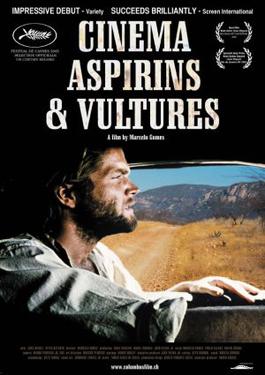
Cinema, Aspirins and Vultures is a 2005 Brazilian film directed by Marcelo Gomes. It was Brazil's submission to the 79th Academy Awards for the Academy Award for Best Foreign Language Film, but was not accepted as a nominee. It was also screened in the Un Certain Regard section at the 2005 Cannes Film Festival.
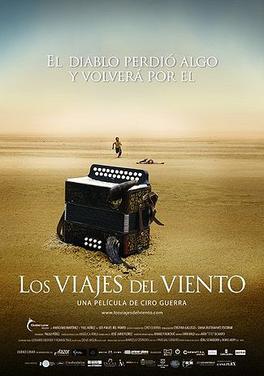
The Wind Journeys is a 2009 Colombian-German-Argentine-Dutch drama film written and directed by Ciro Guerra. It was filmed in 80 locations in Northern Colombia and is spoken in Spanish, Palenquero, Wayuunaiki, and Ikun. It was selected as the Colombian entry for the Best Foreign Language Film at the 82nd Academy Awards, but was not nominated.
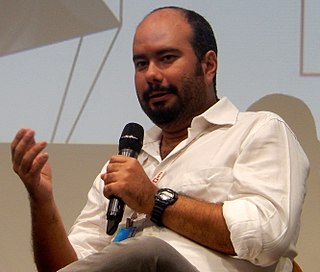
Ciro Guerra is a Colombian film director and screenwriter. He is best known for his 2015 film Embrace of the Serpent, which was nominated for Best Foreign Language Film at the 88th Academy Awards, and for The Wind Journeys, selected as the Colombian entry for the Best Foreign Language Film at the 82nd Academy Awards.

The Cerros de Mavicuri are three hills, located in eastern Colombia. More specifically, they are located 50 km (31 mi) south of the city of Inírida on the Inírida River. Geologically, the mountains are part of the Guiana Shield.
Brionne Davis is an American actor, director and producer of theater, film and TV. Davis grew up in Paris, Texas and has developed his career in theater, TV and indie films in Austin, New York City and currently in Los Angeles.
The 37th Durban International Film Festival took place from the 16 to 26 June 2016. The festival included 150 screenings of feature films, documentaries and short films in 15 different venues in Durban. The Festiveal was opened with the world premiere of The Journeymen which took place in The Playhouse. Part of the 37th DIFF was the 11th Wavescape Film Festival, which showed 21 films with a focus on outdoor activities.

The 3rd Platino Awards were presented at the Centro de Convenciones in Punta del Este, Uruguay on July 24, 2016 to honour the best in Ibero-American films of 2015.

The Platino Award for Best Director is one of the Platino Awards, Ibero-America's film awards presented annually by the Entidad de Gestión de Derechos de los Productores Audiovisuales (EGEDA) and the Federación Iberoamericana de Productores Cinematográficos y Audiovisuales (FIPCA).

The Riviera International Film Festival (RIFF) is an annual film festival held in Sestri Levante, Italy, which previews new films of various genres from around the world. The invitation-only festival is held annually at the end of April/beginning of May and was founded in 2016 by Los Angeles–based film producer Stefano Gallini-Durante. The festival's Official Competition is reserved for carefully selected works by directors under 35 and for feature documentaries on the Environment and Climate Change.
The 46th International Film Festival of India was held on 20 to 30 November 2015 in Goa. The International Jury was headed by the chairperson, Shekhar Kapur along with UK based director, Micheal Radford, Palestinian based Israel director, Ms. Suha Arraf, German Actress, Julia Jentsch and South Korean filmmaker Jeon Kyu-Hwan. The 13-member Feature Jury was headed by Chairperson, Aribam Syam Sharma, while the 7-member Non-Feature jury was led by Chairperson, Rajendra Janglay.
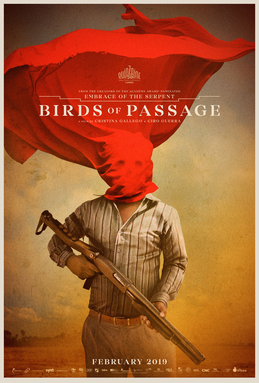
Birds of Passage is a 2018 epic crime film directed by Ciro Guerra and Cristina Gallego.

Green Frontier is a Colombian crime thriller streaming television miniseries, created by Diego Ramírez Schrempp, Mauricio Leiva-Cock, and Jenny Ceballos, that premiered on Netflix on August 16, 2019. The series was directed by Ciro Guerra, Jacques Toulemonde Vidal and Laura Mora Ortega and stars Juana del Río, Nelson Camayo, Ángela Cano, Miguel Dionisio Ramos, Bruno Clairefond, Andrés Crespo, Marcela Mar, Mónica Lopera, Andrés Castañeda, John Narváez, Edwin Morales, Karla López and Antonio Bolívar. It was written by Mauricio Leiva-Cock, Gibran Portela, Camila Brugés, Natalia Santa, Javier Peñalosa, Maria Camila Arias, Anton Goenechea and Nicolás Serrano.
Cristina Gallego is a Colombian producer, writer and director.
